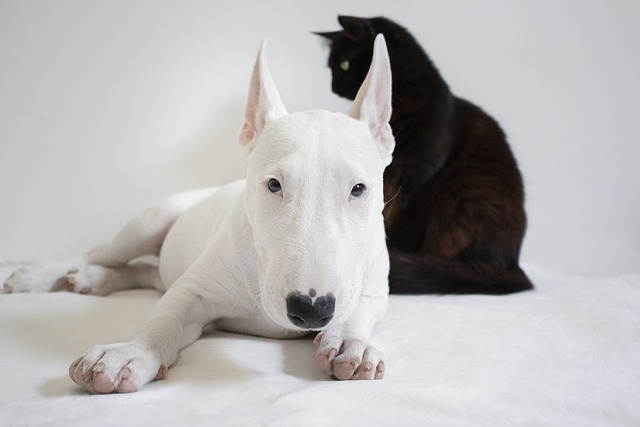
What causes kennel cough?
Most dog owners first notice kennel cough when their pup starts making that distinctive honking sound—often after a trip to the dog park or a stay at a boarding facility.
Picture your Labrador curling up on a round donut bed versus stretching out on a square orthopedic mat—does shape really matter? Let’s dive into canine behavior science and real pet parent observations to uncover the truth, blending comfort with practicality.
Natural nesting instincts influence bed shape. Wild canids curl into dens, making round beds feel instinctively secure. My rescue mutt, Lucy, always chooses her round fleece bed during thunderstorms. "Round beds mimic the cozy burrows they’d seek in the wild," a behaviorist says.
Body size and breed play a role. Small dogs like Chihuahuas often prefer round beds to curl into. My neighbor’s Yorkie fits perfectly in a donut bed, while her Great Dane sprawls on a square memory foam mattress. "Larger breeds need space to stretch," a vet notes.
Sleeping positions reveal preferences. Dogs that curl up (like Pugs) favor round beds; sprawlers (like Labs) often choose square ones. Lucy, a curl-sleeper, avoids her square bed—until I noticed she stretches out when warm. "Temperature affects position too," a trainer observes.
Anxiety levels impact bed choice. Anxious dogs may seek round beds with raised edges for security. My friend’s rescue Shepherd, who had separation anxiety, only slept in a round bolster bed. "The edges provide a sense of protection," a behaviorist explains.
Orthopedic needs change preferences. Senior dogs with joint pain often prefer flat, square orthopedic beds. My 12-year-old Retriever, Max, swapped his round bed for a square memory foam model after arthritis set in. "Support trumps shape for achy joints," my vet says.
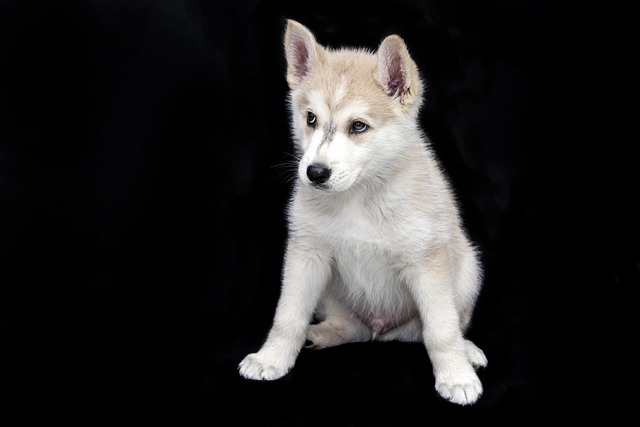
Material texture matters as much as shape. A round bed with scratchy fabric may lose out to a soft square mat. Lucy refused her new round bed until I replaced the cover with fleece. "Texture overrides shape if it’s uncomfortable," a groomer notes.
Environmental factors influence choices. In cold climates, dogs may prefer round beds to conserve heat. My Alaskan Malamute, Koda, curls into his round bed in winter but uses a square cooling mat in summer. "Adaptability to seasons is key," a trainer says.
Training can shape bed preferences. Reward dogs for using a specific bed—my friend’s Poodle now chooses her square bed after treats. "Positive reinforcement makes any bed appealing," a behaviorist says. Consistency builds habit.
Safety regulations affect bed design. In the EU, pet beds must have non-toxic stuffing; in the US, flame-retardant standards apply. "Check labels for safety certifications," a lawyer friend warns—shape matters less than compliance.
Budget considerations balance preference. Round beds are often cheaper, while square orthopedic models cost more. "Invest in support for seniors or large breeds," my vet advises. Koda’s square bed was pricier but reduced his hip pain.
Observation is key to choosing a bed. Notice how your dog sleeps: curled, stretched, or leaning against edges. Max showed me he needed a square bed by repeatedly lying on my yoga mat. "Their behavior tells you what they need," a trainer smiles.
Ultimately, no "one shape fits all." For Lucy, it’s a round bed for security; for Max, a square bed for support. "Dogs are individuals—observe, adapt, and prioritize comfort," my vet says. With the right bed, your pup will sleep soundly, whether it’s round, square, or somewhere in between.

Most dog owners first notice kennel cough when their pup starts making that distinctive honking sound—often after a trip to the dog park or a stay at a boarding facility.
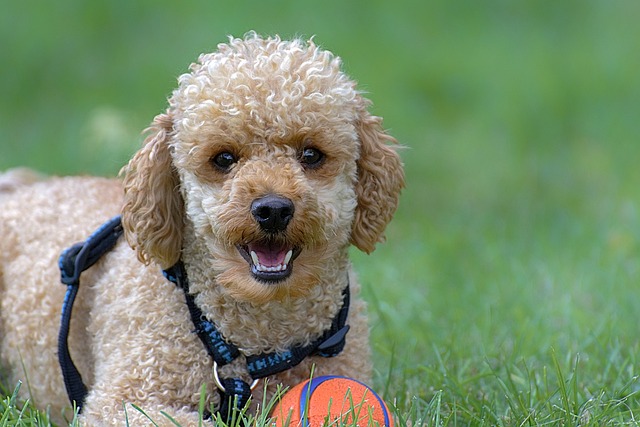
So, a friend has asked you to watch their furry best friend—how exciting! Whether it's for a weekend or a week, successful dog sitting starts long before the paw

If you’re a first-time dog owner staring at your new pup—whether it’s a fluffy golden retriever puppy or a calm rescue adult—you might be asking yourself, “Where do I even start?”
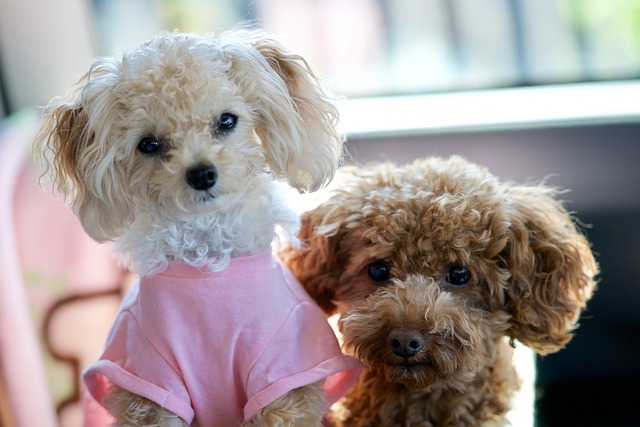
Bringing home a new dog—whether a wiggly puppy or a calm adult—feels exciting, but it’s easy to feel lost about where to start.
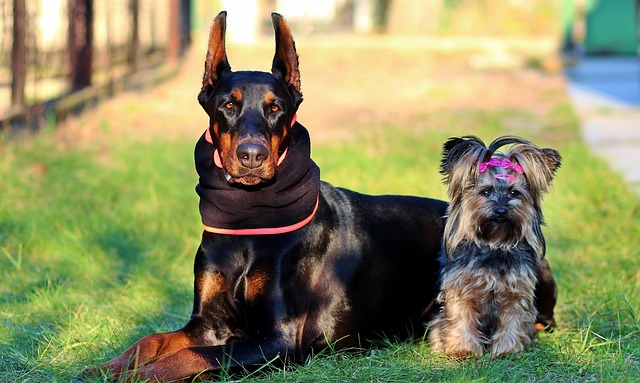
Bringing home a tiny Chihuahua or Yorkie puppy is exciting, but figuring out what to feed them can feel overwhelming.
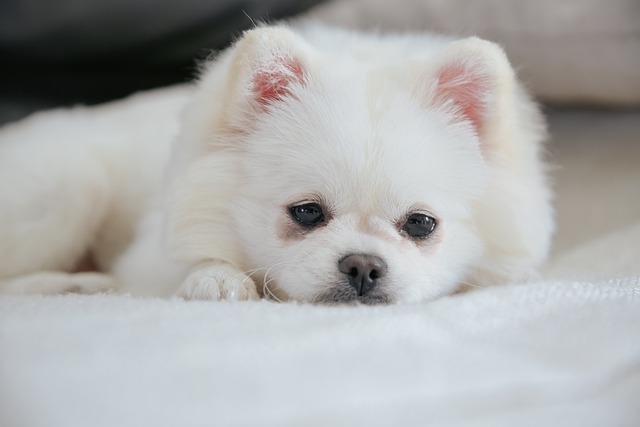
If you’ve ever stared at a bag of store-bought dog treats, wondering if they’re worth the cost or filled with unnecessary additives